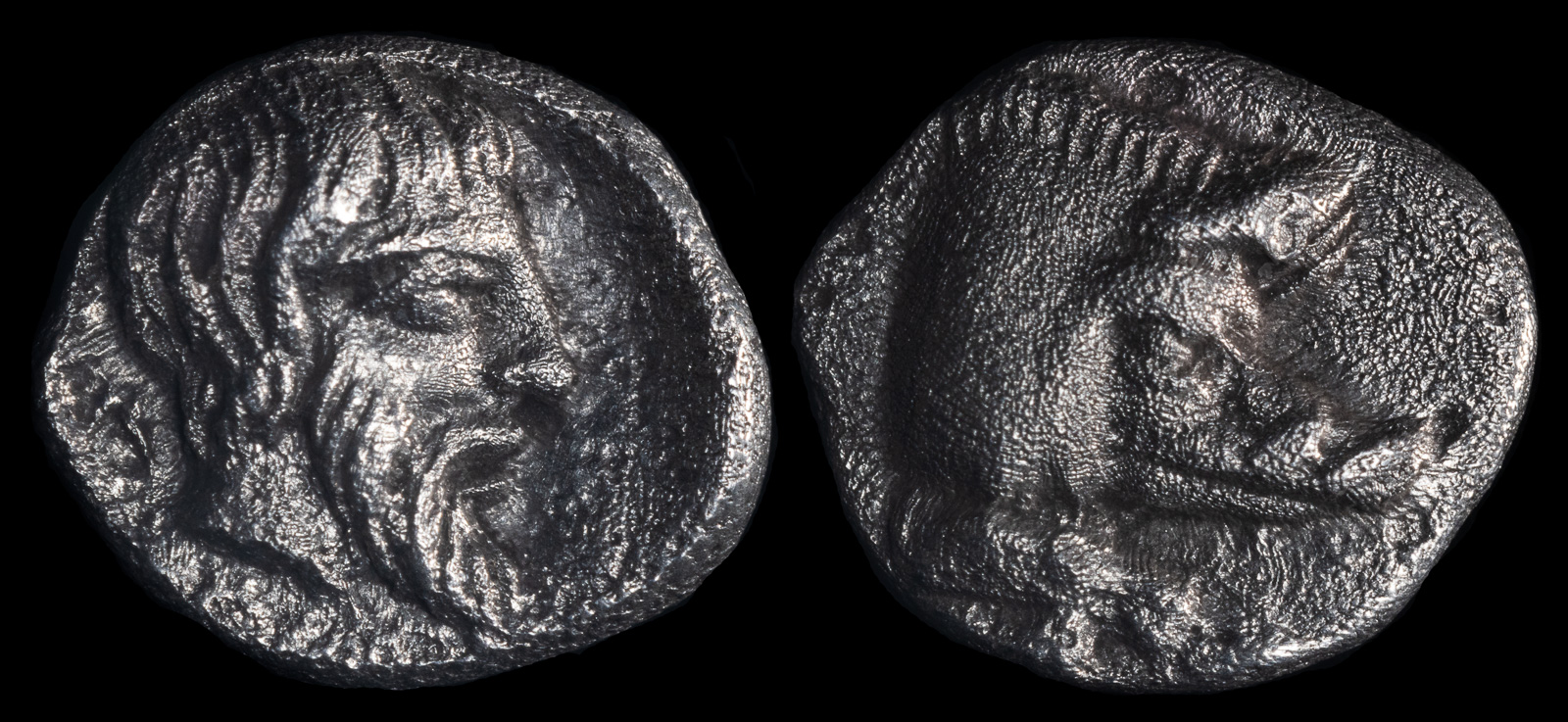Lepsynos
View All Tags
The lepsynos was designed with practicality in mind, crafted from lightweight materials such as woven reeds or wood. Its wide, flat surface allowed farmers to spread the harvested grain and toss it into the air, allowing the wind to blow away the lighter chaff while the heavier grains fell back into the basket. This tool was especially important during the harvest season and was often used in conjunction with other agricultural implements like sickles and threshing tools.
The simplicity and efficiency of the lepsynos made it indispensable for small-scale farmers and large estates alike. Its use required skill and an understanding of the wind’s direction and strength, making it both a practical and symbolic tool of rural labor.
In addition to its practical use, the lepsynos held symbolic significance in ancient Greek culture. As a tool associated with the harvest, it was linked to themes of abundance, sustenance, and the rhythms of rural life. Its connection to Demeter, the goddess of agriculture and fertility, further imbued it with cultural and religious meaning. During harvest festivals like the Thesmophoria, tools like the lepsynos may have been used or symbolically referenced in rituals celebrating fertility and agricultural bounty.

Caria, Euromos
circa 400-350 BCE
Hemiobol AR 7 mm, 0,50 g
Forepart of a boar moving to right /
Bearded head of Lepsynos right; Λ to left.
SNG Kayhan I 754; Klein 513-4.